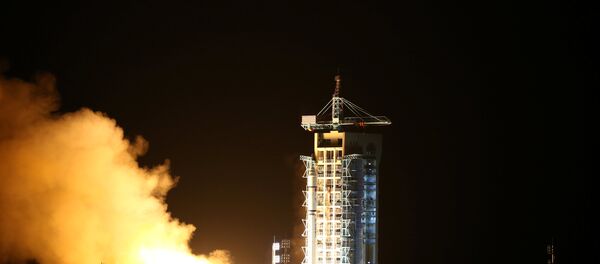The China Academy of Space Technology (CAST) will base the new space navigation system on signals from 26 X-ray pulsars to be received and analyzed by the satellite, the project's lead scientist, Shuai Ping, said as quoted by the Xinhua news agency.
The system, which will rely on a pulsar signal database and is set to exceed current ground-based space navigation systems in timing and accuracy, will take between five to 10 years to set up, Shuai said.
X-ray pulsars are deep-space objects consisting of a magnetized neutron star and a normal star. In this binary system, the neutron star draws gas from its companion, forming an accretion disk and channeling gas to its magnetic poles where intense energies are generated as a result. The poles therefore emanate high-power x-ray radiation that is sent out into space and can be detected from Earth. A neutron star creates regular x-ray impulses as it rotates, with the impulse timing matching atomic clocks in terms of precision.
China's new system is expected to be a significant improvement over the systems currently used by spacecraft as it would eliminate the time delay with sending signals back to Earth and processing.




